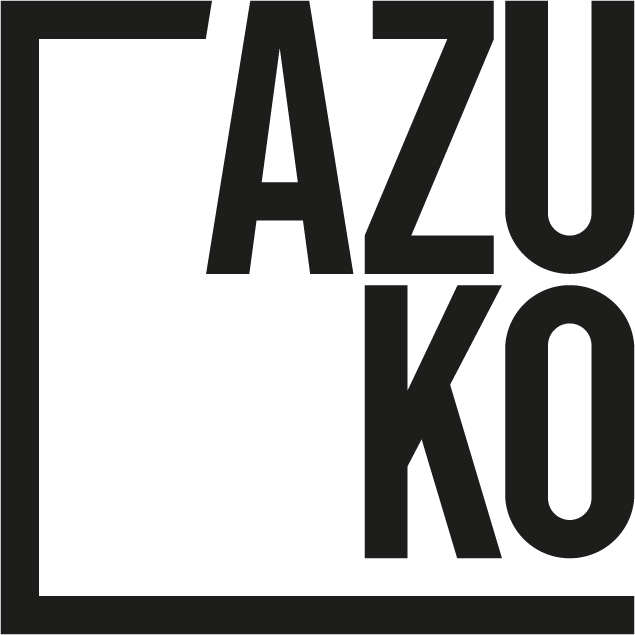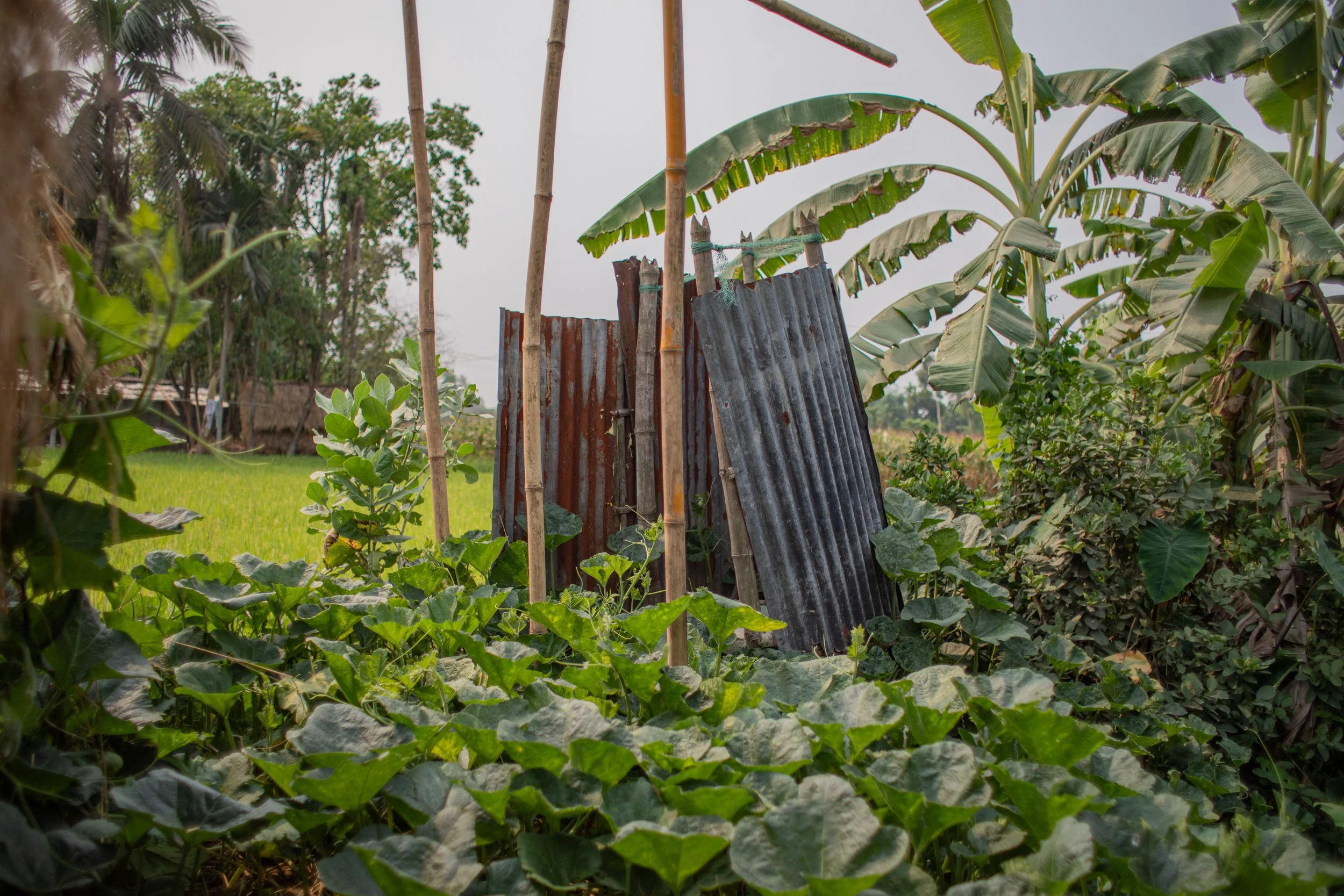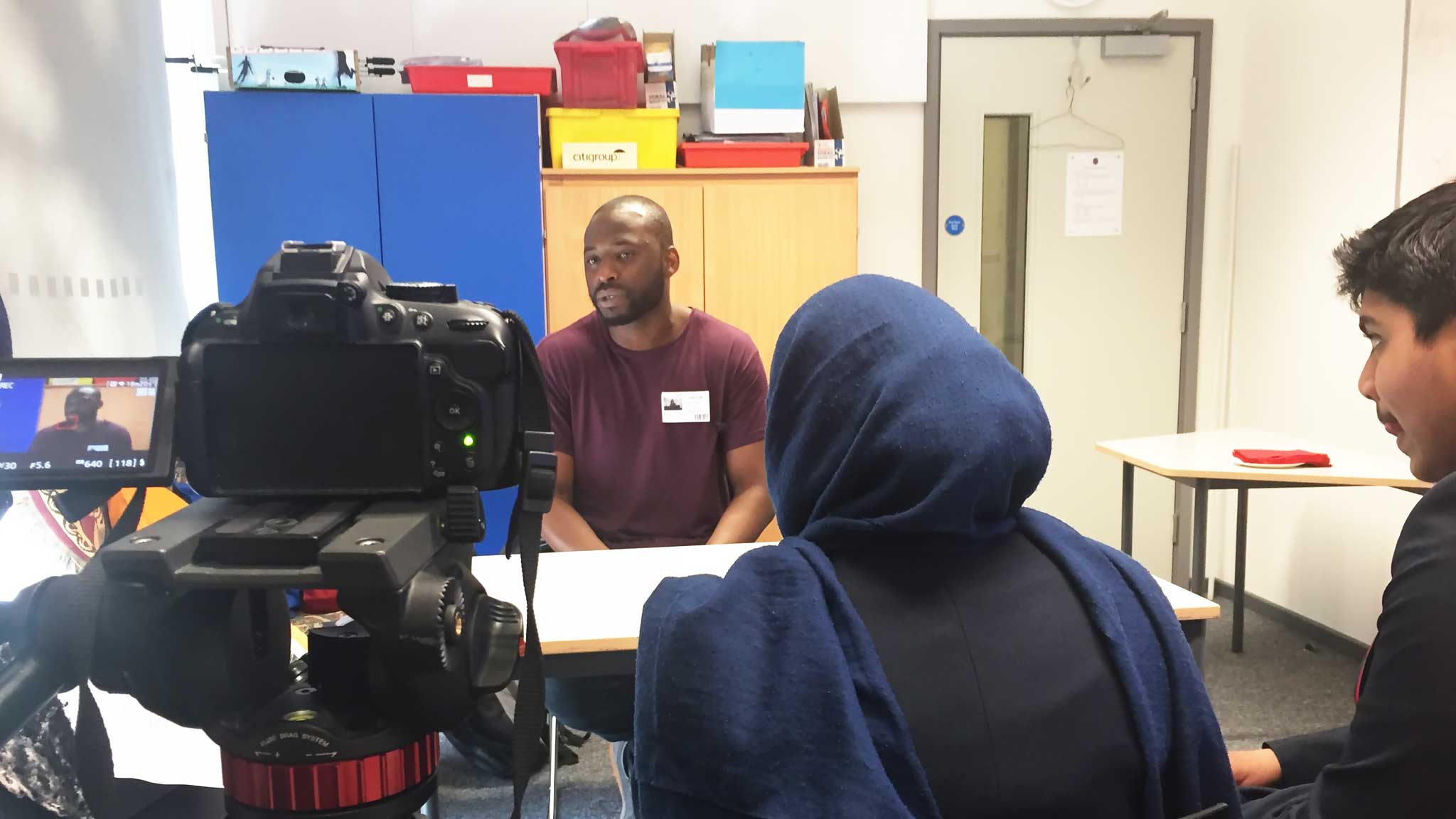Join us on 24 June, as part of the London Festival of Architecture 2017.
We'll be presenting insights from our work in Poplar, East London regarding a sense of place. We'll also be hosting two rapid prototyping workshops to bring together diverse stakeholders (residents, local authority, designers, innovators...) to reimagine placemaking solutions.
LFA is Europe's largest annual architecture festival and takes place throughout June. We wanted to make sure participatory design featured!
This year the theme of the festival is 'memory'. It is fundamental to placemaking; something that communities cherish in the face of change and a tool for architects and developers as they achieve change. We believe the community should be at the heart of this change.
Tickets are on sale via Eventbrite... get yours before they go!









